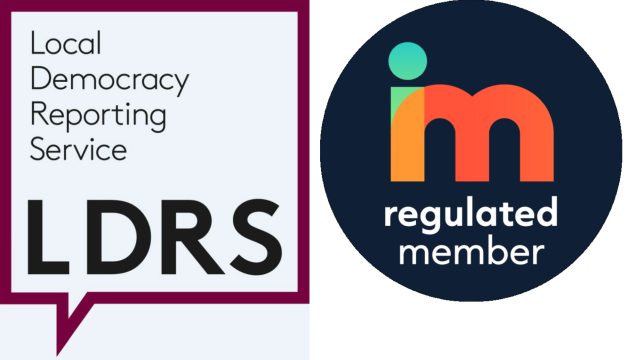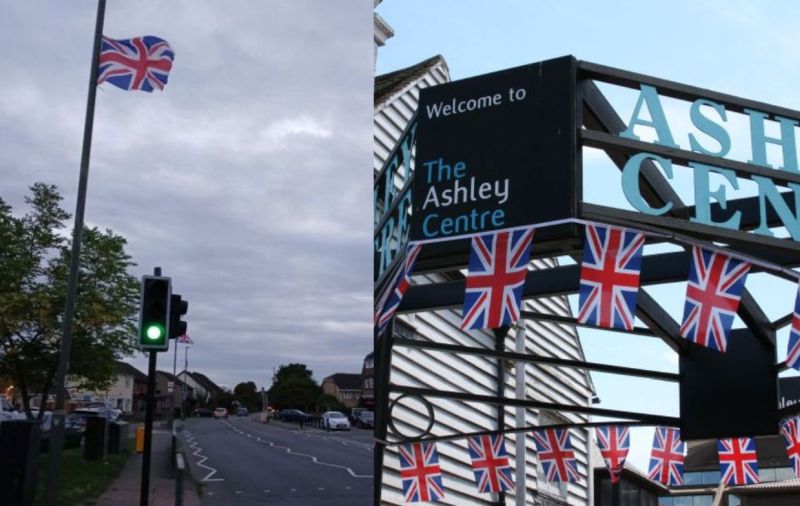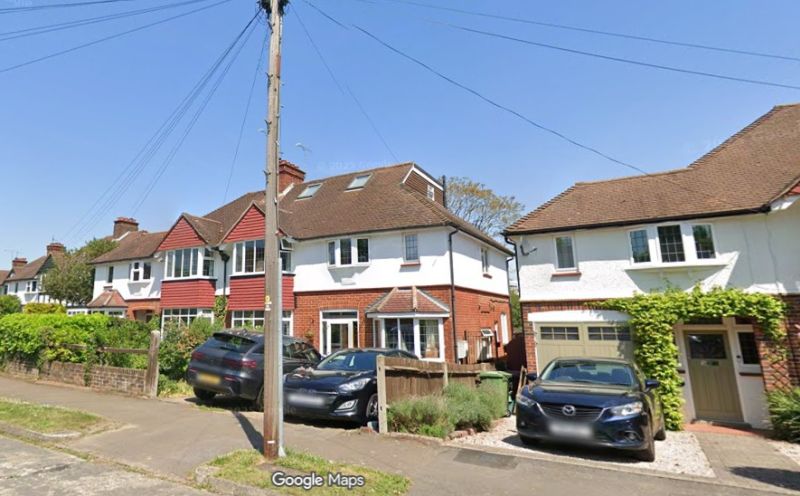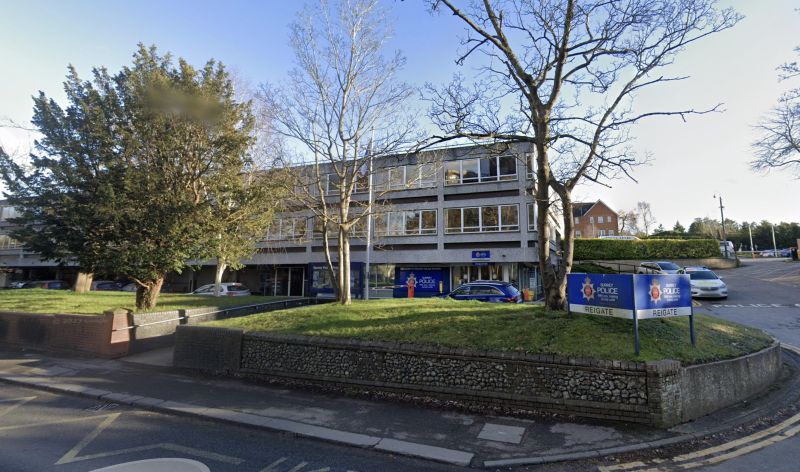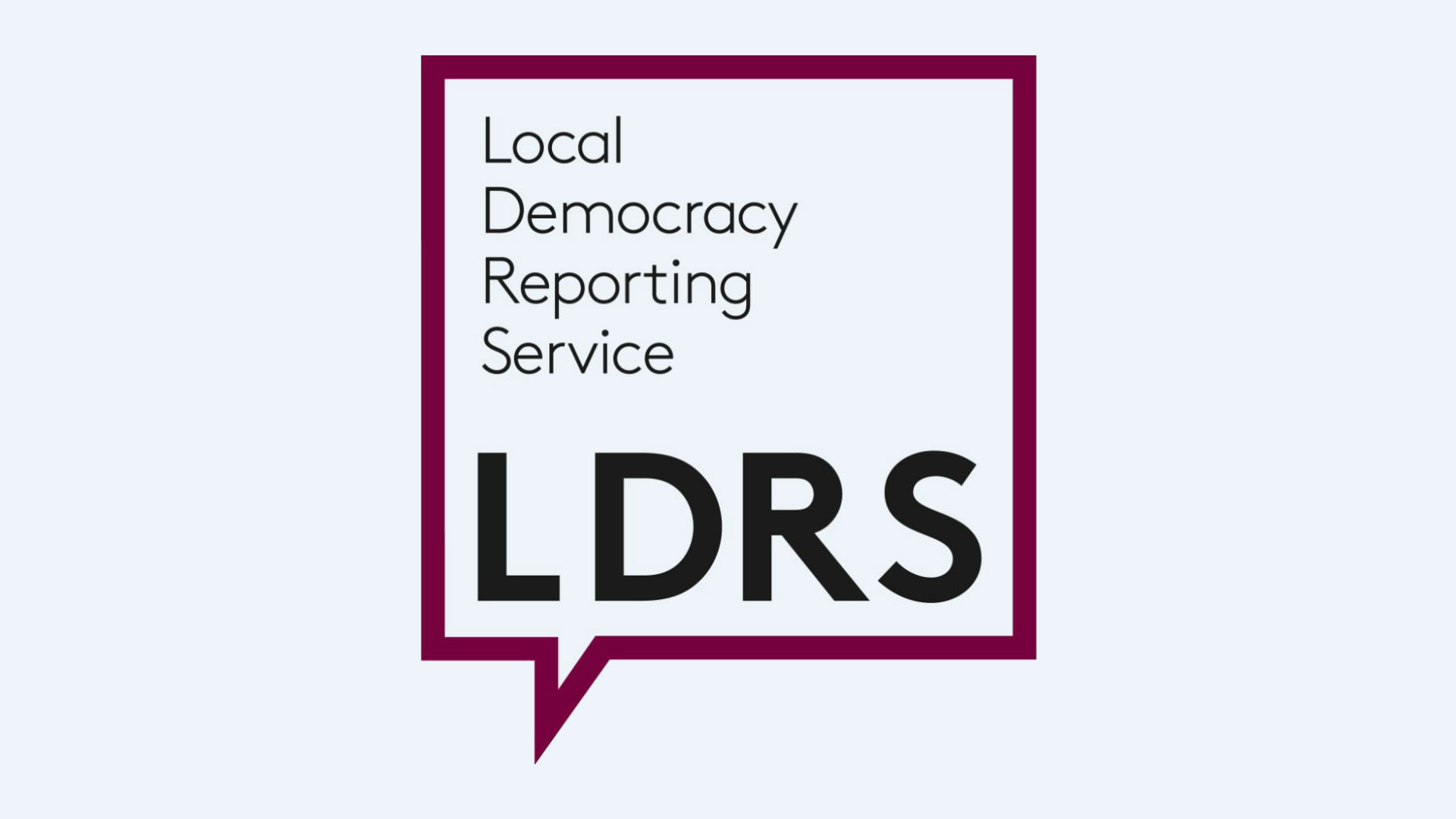Woking’s debt crisis explained
The desperate state of Woking Borough Council’s de-facto bankruptcy means its “only way forward” is to beg for “financial support from Government”. The sheer scale of the problems were laid bare today when Woking Borough Council issued a section 114 notice showing the historic problems that plunged it into billions of pounds of debt with day-to-day expenditure far outstripping its financial resources.
It’s a far cry from 2014 when the council’s former chief executive Ray Morgan dismissed concerns about how multi-million pound skyscraper projects would be paid for when costs began to spiral – instead saying they were affordable.
While in 2021 when he said councillors who blocked planning permission for tall buildings were destroying the town’s economy. According to the notice, the borough council has been “in dialogue” with the Department of Levelling Up, Housing and Communities (DLUHC) since May 2022 over its “very large loan portfolio” and the “risks around the ability… to manage the scale of operations”.
A non-statutory review was then carried out in December 2022 – with the report published in May 2023 when commissioners were appointed to take over much of the running of the council. A separate internal review was conducted that found long-standing issues dating back to before 2016 including an environment of weak financial controls, sub-optimal record keeping, and a lack of resources to manage complex company structures.
There has also been an “absence of external audit opinions on the council’s accounts since 2018/19”, the notice said. It added that, had the financial problems uncovered been understood before 2021 “the council would have had grave difficulty in setting lawfully balanced budgets” after 2018/19.
The overall size of Woking Borough Council’s long-term liabilities is expected to hit £2.6bn by 2025/26.
However, assets the council invested in have been written down meaning t’s expected deficit – borrowing it can not afford – is £1.18 billion, 107 times greater than the amount it raises in council tax in each financial year (£11m).
To make matters worse, the council has been setting aside insufficient cash for the repayment of debt.
Calculations for how much to set aside had “not been undertaken in the manner required for a number of years” with the notice saying “there is a high probability” reports produced over the years to deal with budget setting, financial monitoring, capital programming, capital financing and treasury management “have all contained inaccuracies and misassumptions.”
The additional charge to be made in 2023/24 is estimated to be £95m. To understand the scale of the problem, “if the additional charges of £75m in each year were to be funded by service reductions…the Council could no longer afford to provide any services at all and would still see a net budget shortfall”. The council has said it is redesigning its budget monitoring process after the review found them to be “weak and poorly designed”.
Much of the council’s debt, including £750m in borrowing for the Victoria Square development, was made through a complex structure of private companies.
The 114 notice said that there needed to undergo a “detailed review and simplification” but it was “likely that the case for using companies to develop assets and run services may be significantly weakened” going forward.
Any Government support the council may get is “likely to require” it to “dispose of surplus property or otherwise secure value from the assets under ownership”, in order to shed “at least part of the ongoing financial liabilities that may be incurred by the public purse”.
The notice warns of “very significant reductions in both budget and service levels” in the coming years and that “there is no prospect that the council will balance its budget in 2023/24, 2024/25 or the successive years without external intervention on a very large scale”. It adds, “for the avoidance of doubt, the council has no means of funding the financial deficit from resources that are available locally and has a very small funding base”.
Further section 114 issues are expected “as more work is completed and the recovery planning is developed fully to set the council’s financial affairs.”The council said the process would “take some time to resolve” with any “substantial recovery” likely to take at least two years.
As of the date of the report the majority of the Woking Borough Council’s Finance Directorate Management Team “is formed of interim contract staff who have been retained by the Council only recently”.
The vast majority of the black hole was amassed on the back of a borrowing spree between 2016 and 2019 when the council was under the stewardship of its former chief executive, Ray Morgan.
Mr Morgan retired in March 2021 after 14 years at the helm and the Local Democracy Reporting Service went to visit him seeking his views on what happened, why it happened, and who should take responsibility for the council having to stop all spending it is not legally obligated to cover.
Mr Morgan first joined Woking Borough Council as director of financial services in April 1989. In May 2000 he was appointed an executive director and promoted to acting chief executive in 2005.
Mr Morgan was a key proponent of the town’s redevelopment strategy, kicking off with The Wolsey Place shopping centre in 2010 for £68 million. Four years later he declared developments including Victoria Square, were central to his plans to transform Woking into a city.
The debt to redevelop Victoria Square has spiralled to about £750million.
In March 2021, the council applied to the Department for Levelling Up Housing and Communities (DLUHC) for Exceptional Financial Support (EFS), but at that time Mr Morgan, in his statement to DLUHC, said he remained confident that the council’s financial strategy was able to withstand normal economic cycles.
Mr Morgan declined to give a formal interview over the matter when approached the day after the council issued its section 114 notice declaring it was broke and instead issued the following statement.
Speaking to the LDRS, he said: “I have not been party to any of the deliberations recently made by the council and neither was I asked by it or others about any of the decisions that were taken by the Council, following advice from officers and advisors, and, on a cross party basis, in respect of Victoria Square, Sheerwater and the replacement of Victoria Arch; which are the major investments by the Council.
“As an official of the council, I was always happy to engage with your media colleagues to explain the council’s position and the reasoning behind the advice I and my colleagues gave to the council. However, as I am no longer employed by the council, I do not think it appropriate for me to engage in a public discussion when I am no longer in possession of the facts of the matter.”

